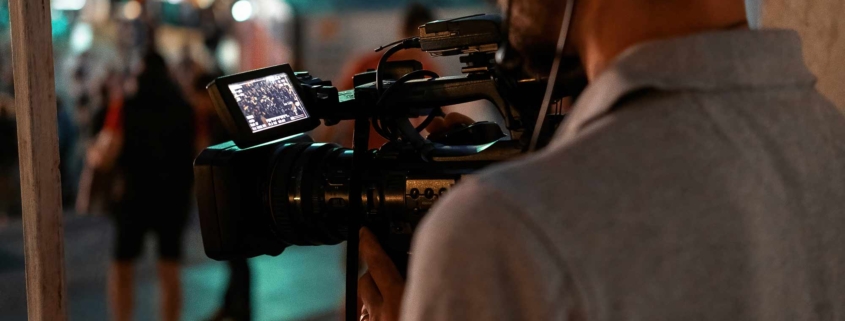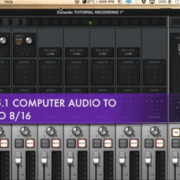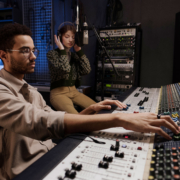The Importance of Capturing Clear Dialogue for Film, TV, and Games | Eliminating the Noise
In the realm of audio production and sound design, clear dialogues play a pivotal role in conveying the intended message effectively. Whether it’s a film, TV show, podcast, or any other form of media that involves spoken words, ensuring proper dialogue mixing and clarity is paramount.
Clear dialogues are essential for maintaining audience engagement and comprehension. When voices are muddled or difficult to understand due to poor recording, mixing, or lack of clarity, it can lead to frustration and detachment from the content. This is particularly crucial in scenarios where important information or plot developments are being conveyed through conversations between characters.
Capturing Dialogue on the Film Set
By employing effective recording techniques, you can ensure that every word spoken by the actors is captured correctly. This meticulous attention to detail will elevate the overall quality of your film, immersing audiences in a truly immersive cinematic experience.
There’s nothing more frustrating than having your film edited, only to find out later that the dialogue is completely unusable. It can be a huge setback for your project, causing unnecessary stress and delays. That’s why it’s crucial to ensure that the dialogue is of high quality from the beginning, so you can avoid any potential disappointments down the line.
In the world of filmmaking, capturing every word spoken by the actors is crucial to creating a truly immersive cinematic experience. Employing effective recording techniques is the key to ensuring that every nuance and emotion conveyed through dialogue is captured in all its glory.
This meticulous attention to detail not only enhances the overall quality of your film but also immerses audiences in a world where they can truly connect with the characters and their stories. With advanced technology and professional expertise, you can elevate your filmmaking process to new heights, delivering a memorable audiovisual masterpiece that leaves a lasting impact on viewers.
What is a sound mixer for film?
A sound mixer is responsible for the overall quality of the audio recording on set. They have expert knowledge of various microphones, recorders, and other equipment needed to capture high-quality sound. With their keen ear for detail, they monitor each channel, adjust levels, and make sure that all audio sources are properly balanced.
In the world of filmmaking, sound mixers are responsible for recording dialogue, ambient sounds, and other audio elements on set. They work closely with the director and production team to ensure that the captured audio is of high quality and matches the visual aspects of the film.
What is the sound mixer’s task?
During post-production, sound mixers take on the task of blending different audio tracks together, adjusting levels, adding effects, and ensuring that all elements are synchronized perfectly with the visuals. They play a significant role in enhancing storytelling by creating a balanced and realistic soundscape that complements the narrative.
Sound mixers utilize various tools and technologies to achieve their goals. These may include mixing consoles, digital audio workstations (DAWs), microphones, equalizers, compressors, reverbs, and other specialized equipment. Their expertise lies in their ability to manipulate these tools effectively to achieve desired sonic results.
What is a boom operator?
If you’ve ever watched a movie or a TV show and wondered how the actors’ voices are so clear and crisp, you have the boom operator to thank. The boom operator is an integral part of the film production team, responsible for capturing high-quality audio on set. They operate a long microphone called a boom pole, which is equipped with a microphone at one end and a counterweight at the other.
Boom Positioning
By positioning the boom pole strategically above or beside the actors, they ensure that every line of dialogue is captured accurately without appearing in the frame. With their expertise in handling audio equipment and keen attention to detail, boom operators play a crucial role in creating immersive cinematic experiences for audiences worldwide.
A sound mixer and boom operator work hand in hand
But what good would a sound mixer be without a skilled boom operator by their side? The boom operator wields a long pole known as a boom pole, equipped with a microphone at one end. They position themselves just out of frame but close enough to capture clean audio from actors or subjects. Their responsibilities include maneuvering the boom pole smoothly while keeping it out of sight and ensuring that the microphone is positioned correctly for optimal sound pickup.
Collaboration and Communication is Key
The collaboration between the sound mixer and boom operator is essential in achieving professional-grade audio recordings. The sound mixer relies on the boom operator’s expertise in positioning and capturing clear dialogue or ambient sounds accurately. This dynamic duo works together behind the scenes to bring your project’s audio to life.
Using a sound mixer and boom operator not only elevates the production value of your film or video project but also saves you time and energy during post-production by minimizing unwanted background noise or poor-quality recordings. With their combined skills, they ensure that your audience hears every word spoken with crystal clarity, enhancing immersion and engagement.
Enhance Your Production with a Lapel Microphone
Lapel microphones, commonly referred to as lav mics, have been an integral part of the film industry for years. These compact yet highly reliable audio devices have consistently delivered exceptional sound quality on major motion picture sets. Their significance cannot be overstated when it comes to capturing pristine audio during film productions.
One of the main advantages of lav mics is their ability to be hidden on an actor’s body, out of sight from the camera. This allows for seamless integration within the storytelling process, as viewers can focus solely on the visual elements without any distracting audio equipment in sight.
By attaching a lav mic to an actor’s clothing or directly onto their body, sound engineers can ensure clear and consistent audio capture throughout a scene. This eliminates the need for bulky boom microphones or relying solely on ambient sound recording, providing filmmakers with greater control over their production. This is especially useful for hard-to-reach areas and action scenes.
The Versatility of Lavalier Microphones in Production
Furthermore, lav mics offer versatility in terms of placement. They can be strategically positioned near an actor’s mouth to capture crisp and direct sound, minimizing background noise and interference. This results in enhanced audio quality that greatly enhances the overall viewing experience.
Not only do lav mics provide exceptional audio quality and minimal visibility on screen, but they also save valuable time during both filming and post-production. With actors wearing these discreet microphones, there is no need for extensive ADR (Automatic Dialogue Replacement) sessions or time-consuming audio corrections.
Gone are the days of relying on built-in camera microphones or bulky external setups. The lapel microphone offers unparalleled convenience and versatility. Simply attach it to your subject’s clothing, and you’re ready to go. It captures crisp, clear audio directly from the source, eliminating unwanted background noise and ensuring every word is heard with utmost clarity.
What are some industry-standard microphones for dialogue recording?
When it comes to recording dialogue for film, there are several industry-standard microphones that professionals trust and rely on. These microphones have been carefully designed and engineered to capture clear and crisp audio, ensuring that every line of dialogue is captured with utmost clarity.
Listed are well-known microphones for onset film recording and ADR. Not necessarily in order of popularity.
1. MKH 50 Small-Diaphragm Condenser Microphone
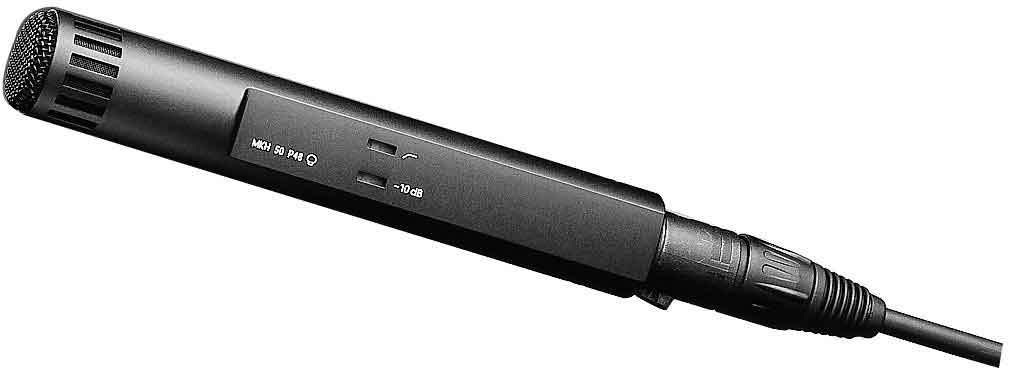 The MKH 50 microphone is an industry favorite when it comes to on-location and ADR recording for motion pictures. Renowned film production companies rely on this microphone for its exceptional side sound muting and remarkable lateral feedback rejection capabilities. It’s a go-to choice for capturing pristine audio in demanding filming environments.
The MKH 50 microphone is an industry favorite when it comes to on-location and ADR recording for motion pictures. Renowned film production companies rely on this microphone for its exceptional side sound muting and remarkable lateral feedback rejection capabilities. It’s a go-to choice for capturing pristine audio in demanding filming environments.
2. Sennheiser MKH 416 Shotgun Condenser Microphone
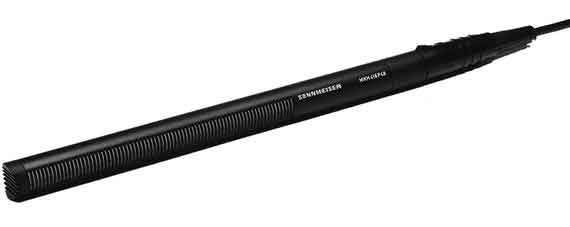 The MKH 416 is a microphone that has gained a reputation for its exceptional performance in various applications such as onset, film, radio, ADR, and television. Its remarkable feedback rejection and uncompromising sound quality make it an excellent choice for professional-level projects. Whether you’re working on films or broadcast productions, the MKH 416 will undoubtedly meet your expectations and deliver outstanding results.
The MKH 416 is a microphone that has gained a reputation for its exceptional performance in various applications such as onset, film, radio, ADR, and television. Its remarkable feedback rejection and uncompromising sound quality make it an excellent choice for professional-level projects. Whether you’re working on films or broadcast productions, the MKH 416 will undoubtedly meet your expectations and deliver outstanding results.
3. Sanken COS-11 Lavalier
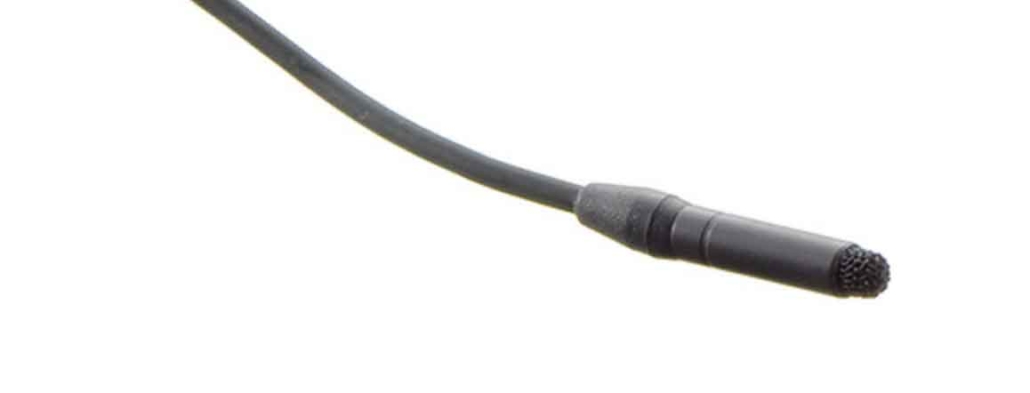 The COS-11 is an exceptional lavalier microphone that has gained wide acclaim in the film, radio, and theater industries. This ultra-miniature device is specifically designed to meet the high-definition audio standards of today while offering enhanced resistance to RF interference. With its superior performance and reliability, it has become a go-to choice for professionals in various creative fields.
The COS-11 is an exceptional lavalier microphone that has gained wide acclaim in the film, radio, and theater industries. This ultra-miniature device is specifically designed to meet the high-definition audio standards of today while offering enhanced resistance to RF interference. With its superior performance and reliability, it has become a go-to choice for professionals in various creative fields.
Dialogue Editing and Mixing
Dialogue mixing involves finding the right balance between various audio elements such as background music, sound effects, and ambient noise while ensuring that the spoken words remain intelligible. It requires meticulous attention to detail and technical expertise to achieve seamless integration of these elements without overpowering or overshadowing the dialogues.
The clarity in dialogues goes beyond just volume levels. It encompasses factors such as enunciation, pronunciation, diction, and overall vocal performance. A well-delivered dialogue should be easily understood by listeners regardless of their listening environment or device.
Proper dialogue mixing and clarity not only enhance the overall listening experience but also contribute to effective storytelling. It allows audiences to fully immerse themselves in the narrative without distractions or confusion caused by incomprehensible dialogues.
Conclusion
In conclusion, clear dialogues are an integral component of successful audio production and sound design. By prioritizing dialogue mixing techniques that ensure clarity in spoken words, content creators can captivate their audience’s attention while effectively conveying their intended message.

